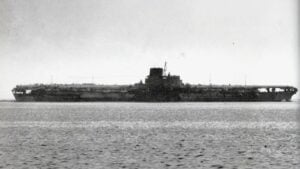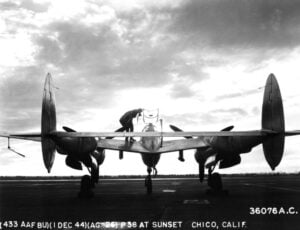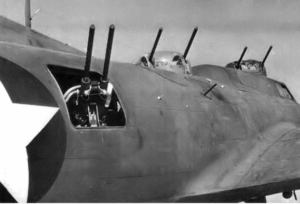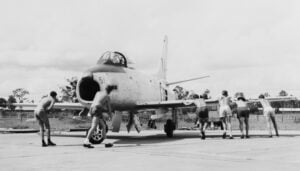FLAK BAIT – The Bomber Plane With 1,000 Holes
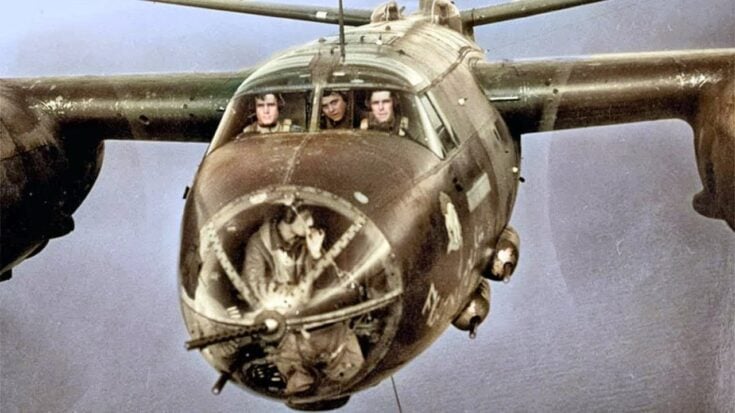
YouTube / Dark Docs
Flak Bait was a Martin B-26B Marauder that completed more combat missions than any other American aircraft of the Second World War. It entered service in late 1943 and remained in action through the final months of the conflict.

Crews who flew it treated the aircraft as a reliable partner that survived punishment far beyond what most medium bombers endured. By the end of the war it had flown 207 missions. Five were decoy flights designed to draw enemy gunners away from other formations. The total was far above the average mission count for a medium bomber.
A Record Built Through Constant Danger
Bomber crews typically rotated home after twenty five missions. Flak Bait passed that number early in its career and continued flying in Belgium, France, Germany and the Netherlands. The aircraft was hit more than a thousand times. It returned to base twice on a single functioning engine and once flew with a dead engine while the other was burning.

Ground crews replaced every major control surface at least once and rebuilt its hydraulic and electrical systems more than once. The airframe survived because pilots used constant changes in altitude and direction during the first part of each attack run. Once lined up on the target, the aircraft had to fly straight for the final seconds which exposed it to the full concentration of German anti aircraft fire.
Farrell and His Crew
The bomber was assigned to Lieutenant James L Farrell and five crewmen in the summer of 1944. Farrell named the aircraft Flak Bait after his family dog Flea Bait. The aircraft flew its first seventy missions with this crew and took part in strikes against airfields, rail yards and road networks across occupied Europe.
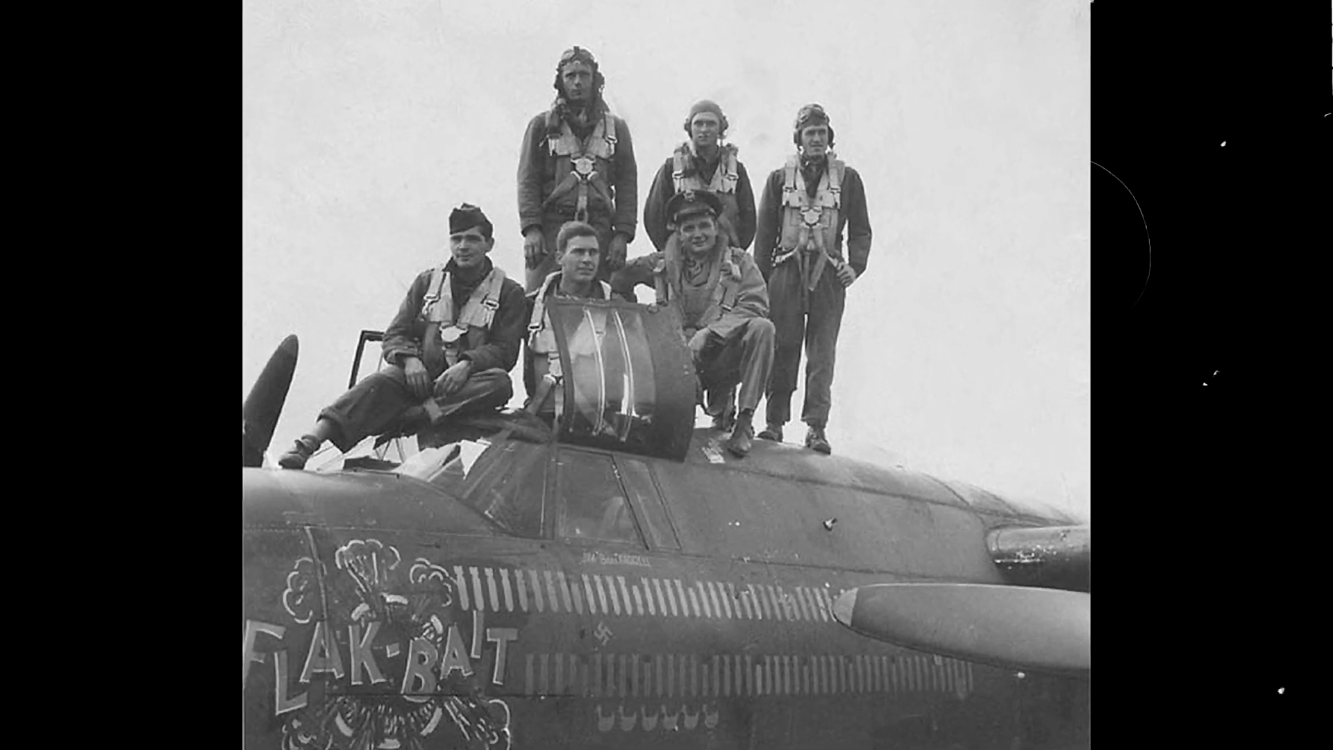
On one mission a 20 millimeter cannon round entered the nose and exploded at the instrument panel. Farrell and his bombardier were wounded but returned the aircraft to base with only the airspeed indicator still functioning. They later flew three missions during the first twenty four hours of the Normandy landings.
Final Service and Preservation
After Farrell’s crew rotated home, Flak Bait continued to operate through the Battle of the Bulge and into the final advance toward Germany. Its two hundredth mission was flown against Magdeburg in April 1945. The Marauder was retired once the Douglas A-26 Invader replaced the type. Most Marauders were scrapped in Europe to avoid the cost of shipping them home.

Flak Bait survived because of its record. It was disassembled in 1946 and shipped to the United States, where it entered the national collection. It remains under conservation at the Smithsonian National Air and Space Museum with red bomb markings for each mission, a black bomb for its night mission and ducks for its decoy flights.















